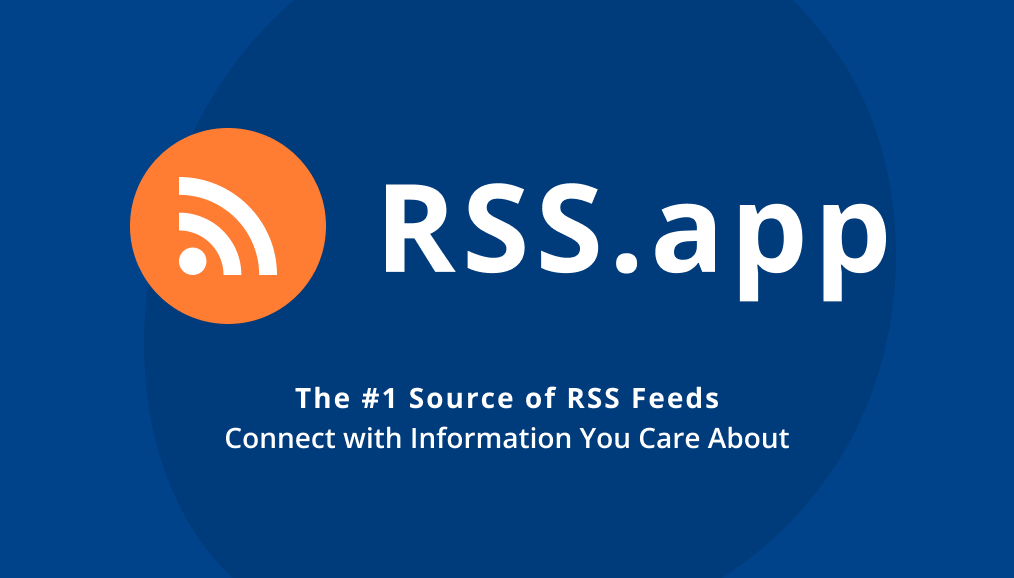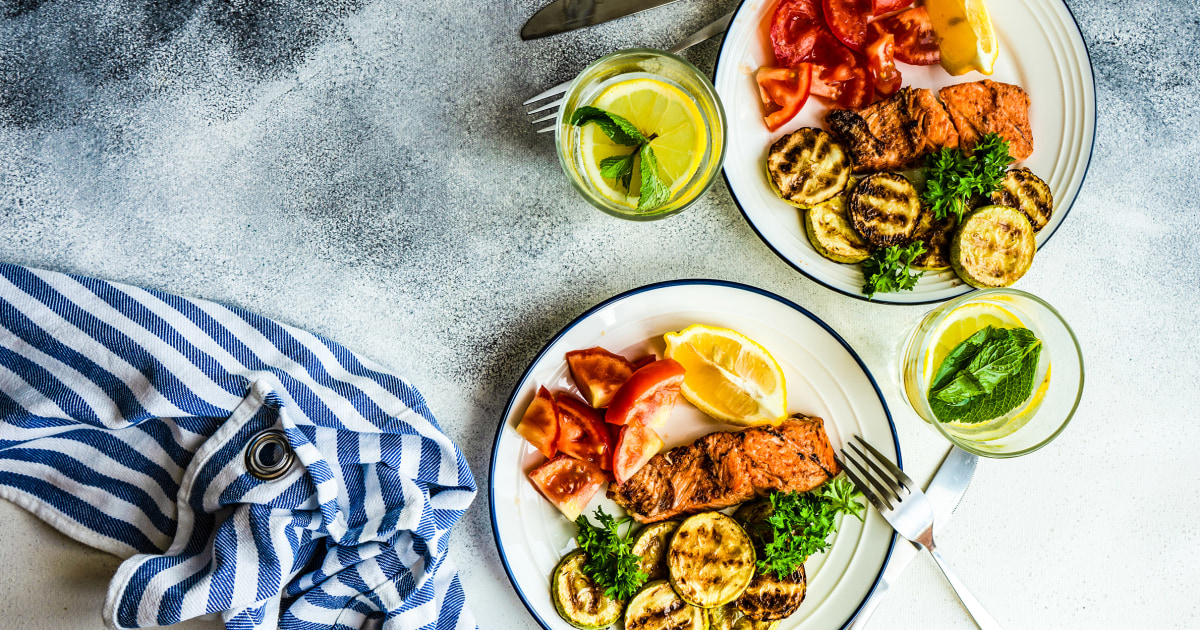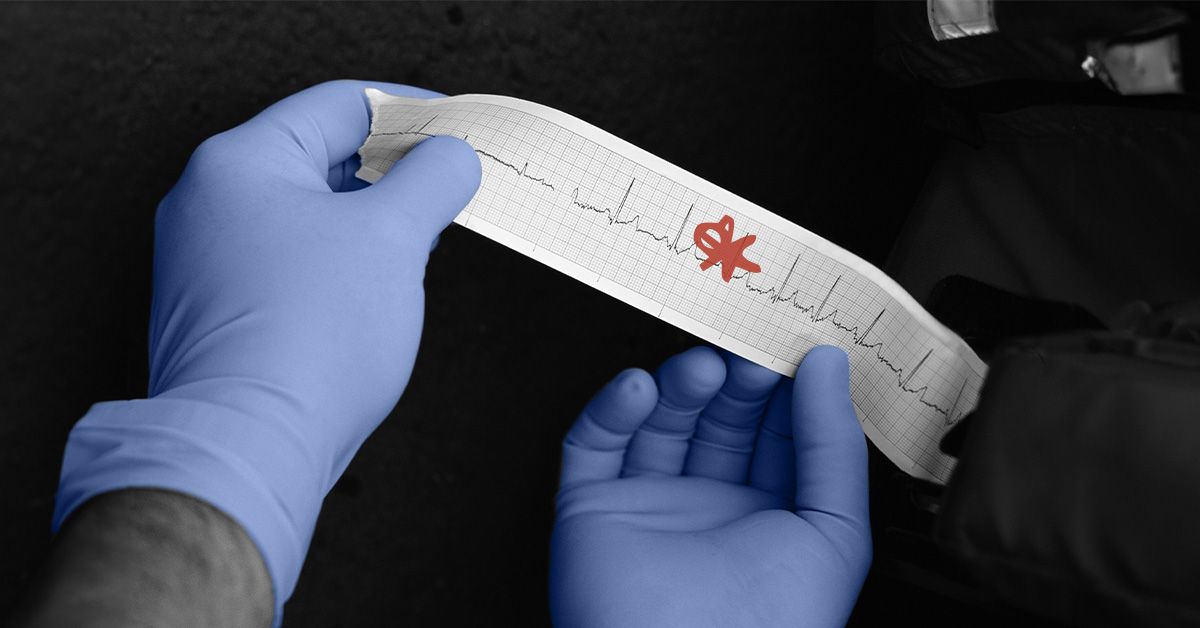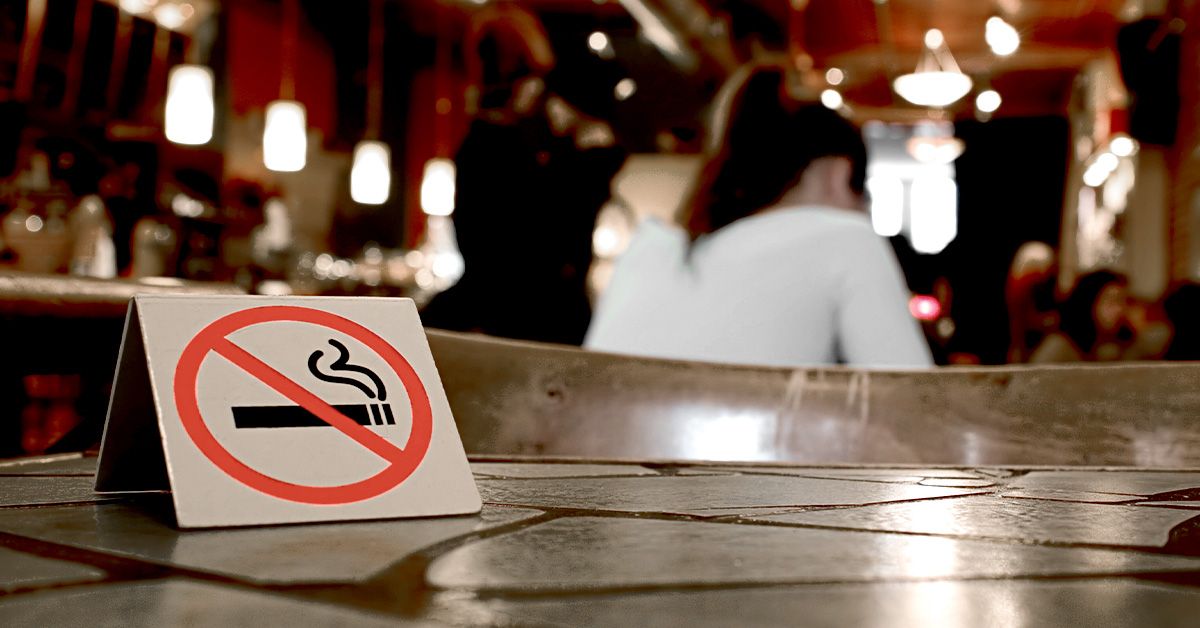In my work as a registered dietitian, one of the questions I get most is about low-carb diets. But does a low-carb diet mean no carbs or reduced carb? Is it the same as a keto diet? Is it sugar free? Do you need to think about calories?
With my clients, I generally recommend a heart-healthy diet high in whole grains, fruits and vegetables because it’s the most effective at reducing chronic disease risk. A heart-healthy diet averages about 50% of calories from minimally processed carbohydrates.
Conversely, ketogenic diets are extremely low in carbohydrates, requiring less than 5% of calories coming from carbs. The goal of a ketogenic diet is to keep you in a special metabolic state called ketosis, which usually results in rapid weight loss. It’s a restrictive eating pattern that some people swear by, but for many, it’s a struggle to sustain long-term. You don’t have to focus on calorie counting, but you do have to pay very close attention to your daily carb allotment.
Then there are low- or reduced-carb diets. There’s a lot of variation from person to person, and it’s important to talk with your doctor to make sure it’s right for you, but a low-carb eating style is more like 30-40% of calories from carbohydrates, 30-40% fats (emphasis on the fish- and plant-based ones) and 30% protein.
It doesn’t force your body into ketosis, but this type of plan makes it easier to control blood sugar and maintain a healthy weight without feeling deprived. It’s also possible to follow while still eating at your favorite restaurants, cooking for a family or enjoying a few indulgences. You can’t totally ignore calories, but just keeping your carb portions smaller does a lot of that work.
So what does a reduced-carb diet actually look like? There are many ways to do it. Here’s what to know.
How does a low-carb diet work?
To start, there’s no one low-carb diet. Different plans cut carbs down to various levels. The strictest diets aim to cut carbs down to zero. Others target 150 grams or less per day. The Dietary Guidelines for Americans recommend 225 to 325 grams a day as part of a healthy eating plan.
Bonnie Taub-Dix, a registered dietitian and author of “Read It Before You Eat It: Taking You from Label to Table,” points out that carbs aren’t all nutritionally the same. A slice of whole-grain bread, a small piece of fruit and four packets of sugar could all have about 15 carbs. “Those food all have completely different health profiles,” she said. The bread has fiber, vitamins and minerals, and can help you feel full. The fruit might have fiber and antioxidants. The sugar has no nutritional value except for energy.
What are the benefits of a low-carb diet?
With low-carb dieting, you might see improvements in blood sugar levels and weight loss, Jen Bruning, registered dietitian, tells TODAY.com. But the weight loss might not last. “Research also suggests a tendency to regain any lost weight when eating patterns return to normal,” she says.
Sticking with a low-carb eating plan may help you maintain weight loss, though. According to the Mayo Clinic, low-carb diets might help prevent or improve metabolic syndrome, diabetes, high blood pressure and heart disease.
Some experts say this approach is more effective and more sustainable than counting calories. “When people get the diet right by limiting carbs, eating moderate amounts of protein and embracing fat, they feel full and naturally restrict calories without having to count them,” Jeff Volek, RD, Ph.D., professor at Ohio State University, previously told TODAY.com.
A study published in the Journal of the American College of Nutrition found that for people with Type 2 diabetes, diets that were low in carbs helped them lose weight and reduce the medication they needed to take to control of their diabetes.
Is low-carb a good choice for you?
You might want to try a low-carb diet if you’re looking to lose weight in the short term or to prevent or improve metabolic syndrome, diabetes, high blood pressure or heart disease.
You have a lot of food options on a low-carb diet, so if you don’t like diets with severe food restrictions you might like the variety it offers.
Look at the kinds of carbs you’re eating to see where you can make changes. “If you examine your diet and feel you are lacking in non-starchy vegetables but eat lots of added sugar, you may choose to lower your refined carbohydrate intake in favor of more veggies,” Bruning explains.
And remember that low-carb diets are low in certain nutritious foods. “Plenty of higher-carbohydrate foods are very healthful. Think legumes, fruit and whole grains,” Bruning says. “Low-carb diets also tend to be low in fiber, and fiber is known to be protective against heart disease and some cancers.”
Taub-Dix says she’s wary of any diet that eliminates an entire food group. “No one food or food group is going to be magical for you or horrible for you unless you have a food allergy or intolerance,” she adds. “We shouldn’t demonize any one particular food or food group. That should be a red flag when choosing a diet — if a food group is eliminated, steer clear of that diet.”
What do you eat on the low-carb diet?
Generally, low-carb menus will include foods that are higher in protein and fat, such as:
- Meat
- Poultry
- Fish
- Eggs
- Some nonstarchy vegetables
You’ll cut out or limit:
- Grains
- Legumes like lentils, beans and peas
- Fruits
- Breads
- Sweets
- Pasta
- Rice
- Starchy vegetables like potatoes, corn and butternut squash
- Milk
- Sometimes nuts and seeds
Tips for low-carb diets
Don’t eat your carbs all at once.
Distribute your carb intake across your day. Skipping meals or eating wildly different amounts of carbs at each meal can mess with your blood glucose levels. Your blood sugar will spike and drop, causing your energy levels to go up and down.
Pair your carbs with fat, protein and fiber.
What you eat with your carbs matters. Eating carbs without protein or fat leads to blood sugar spikes and subsequent energy dips. Plus, carbs are digested quickly, so you will soon feel hungry again. Even something healthy like a small piece of fruit might spike blood glucose if you don’t add a handful of nuts or a slice of cheese.
Be careful with sugar.
Choose more unprocessed, unsweetened whole foods, rather than sweets like sodas, juices, syrupy coffee shop beverages, candy, or sweet sauces. Since your carbs are limited, choose ones that are rich in nutrients to meet your fiber, vitamin and mineral needs.
In short, limit added sugars, aim to eat a moderate amount of carbohydrates spread more or less evenly among your meals, and always include some protein, fat and fiber with your carbs.
You don’t need to track everything precisely.
You can track all of your meals, or you can use the healthy plate method: half non-starchy vegetables, one quarter lean protein and one quarter starches like rice, beans, pasta, potatoes or breads. But to limit carbs, move your fruit to one serving at breakfast and one at a snack.
High-fiber carbs lessen the effect on your blood sugar, so opt for those at least half the time.
Low-carb meal plan: 30% carbohydrate sample plan
So what might the ballpark of a 30% carbohydrate day look like? Here’s one example:
Breakfast: 1 packet instant oatmeal with 1/2 cup of berries and 1/4 cup of nuts. You could add an egg on the side. Coffee with a little half and half or up to a cup of unsweetened almond milk. (35 g carbs)
Lunch: Deli turkey and cheese on sandwich rye with arugula, mustard and olive tapenade. Pepper strips and snow peas with ranch dressing. Unsweetened sparkling water. (32 g carbs)
Snack: Caramel Almond Kind Bar (16 g carbs) or Chobani Mango Greek yogurt (16 g of carbs)
Dinner: 4 oz baked salmon, 2 c. roasted Mediterranean vegetables mixed with 1 oz Barilla red lentil rotini, Parmesan on top. Iced hibiscus tea. (28 g carbs)
Low-carb meal plan: Fast food sample plan
Is it a snap to get enough fiber and vegetables if you’re buying all prepared meals? No. I’d like you to have more, but let’s start with just improving your restaurant choices and not try to skip straight to ideal. Improved is, well, improvement! So, if you eat literally every meal from a restaurant or box, this one is for you:
Breakfast: McDonald’s breakfast burrito (26 g of carbs) with coffee or tea. You could also choose any frozen Jimmy Dean breakfast sandwich (all around 30 g).
Lunch: Chipotle Whole 30 Steak Bowl. Unsweetened iced tea. (23 g of carbs)
Snack: Starbucks Tall Caffe Latte (15 g of carbs)
Dinner: Chili’s 6 oz. sirloin with broccoli and mashed potatoes (42 g of carbs). Add a carb-free White Claw Hard Seltzer if you want to live a little a couple of times a week.
Low-carb meal plan: Intermittent fasting sample plan
Not a breakfast person? Try 16:8 intermittent fasting, perhaps with your first meal at 11 a.m., and your last by 7 p.m. Most people aim for about 45 grams of carbs in those two meals, hopefully with a good snack in between.
Lunch at 11 a.m.: Smoothie bowl with kale, blueberries, banana, Greek yogurt and milk, with a side of whole-wheat toast with peanut butter
Snack: 1/2 cup tuna salad with 3 whole wheat flatbreads
Dinner: 2 chicken, cheese and tomatillo sauce enchiladas, 1/2 cup of pinto beans, 1/2 cup cauliflower rice, sautéed peppers and onions
Low-carb meal plan: A 7-day sample plan
Looking for a more tailored, time-based plan to get you started? Kristin Kirkpatrick, a dietitian in private practice in Ohio, developed this seven-day plan with foods that fill and fuel you:
Breakfast options:
1. Crustless quiche cups: With a handful of berries (strawberries, blueberries, raspberries or blackberries)
2. Cinnamon toast: One piece of whole-grain sprouted toast topped with no added sugar almond butter, coconut flakes and cinnamon
3. One cup of plain yogurt: With chopped almonds or walnuts and ground flax seed
4. Soft-boiled egg: With sliced avocado drizzled with olive oil
5. Nutrient-packed egg frittata
6. Protein smoothie: Two scoops of any no-added sugar, organic, plant-based protein powder, one cup unsweetened almond milk, two tablespoons pure cocoa powder and ice for consistency
7. Low-carb zucchini muffins
Lunch options:
1. Grilled wild salmon salad: With two or more cups arugula with a mix of olive oil and lemon juice. Top with tomatoes and shredded Parmesan cheese
2. Turkey chili: One pound of ground turkey mixed with diced tomatoes, no added sugar tomato sauce, cinnamon and chili powder. You can add in green peppers. Top with cheddar cheese and, to pack an even more nutrient dense punch, throw in a bag of riced broccoli.
3. Chicken or salmon salad: Mix canned chicken or salmon with organic mayo, add in herbs, salt and pepper and chopped onions and celery. Put salad on top of two rice cakes (100 percent whole-grain).
4. Shaved Brussels sprout salad: With tempeh strips
5. Miso soup with spinach and tofu
6. Salmon cakes
7. Avocado boats: Take half an avocado and season with salt and pepper, crack an egg in the middle and bake 15-20 minutes at 375 degrees — top with cheese in the last few minutes.
Smart-carb snacks:
1. Freeze dried or baked cheese balls and cheese discs
2. Peanut butter balls: Mix half a cup of crunchy peanut butter with two tablespoons of ground flax seeds. Form into balls and store in freezer.
3. Mixed nuts
4. Celery with almond butter and cinnamon
5. Roasted chick peas
6. Tofu, turkey or salmon jerky
7. Turkey rolled around string cheese stick
8. Kale chips
9. Handful of berries or one small apple
10. One square of raw pure cocoa
11. Guacamole or salsa with paleo nut type crackers
The low-carb diet is similar to:
- Keto diet, which typically limits carbs to 50 grams a day or less
- Keto/FLEX 12/3, which blends a low-carb diet and fasting
- Low-carb, high-fat diet, which pairs a reduction in carbs with an increase in high-fat foods
- Paleo diet, which tends to be low-carb in practice because it emphasizes a lot of low-carb foods
- Atkins diet, which has a four phases of carb intake levels
- Zero-carb diet, which aims to reduce carbs to (you guessed it) zero
Read the full article here


















